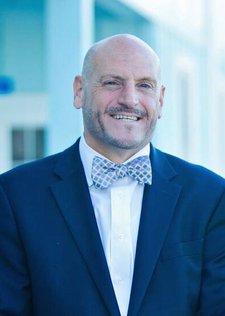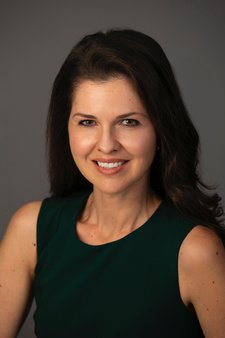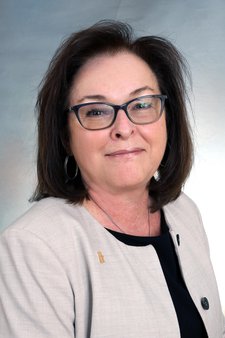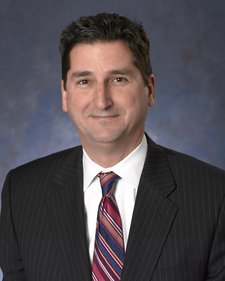
Eric Brotman
Feb. 20, 2019
When you’re looking into getting a loan, you’ll see options for homes, cars, businesses, and even vacations. What you won’t see is a loan for retirement.
Retirement is the one expense in the world you cannot borrow for, so building wealth throughout your career is essential if you ever want to reach financial independence. Here are the first five steps you can take to build wealth:
Build a risk management plan, including an emergency fund.
1.Stay free from adverse debt.
Not all debt is bad debt. Debt used to buy a home or start a business has collateral and can be used as leverage. But all forms of consumer debt (credit cards, car loans, student loans) work against you financially.
Avoid overspending on credit cards and make a plan to pay off all loans to get yourself out of debt as quickly as possible. And do not EVER borrow against a 401(k), except as a last resort.
2. Spend less than you make.
A simple concept, but not necessarily easy to practice. Create a budget that keeps your expenses less than your income and challenge yourself to stick to it. If you’re finding it difficult or impossible, it may be time to find a new job, increase your hours or look for a side hustle.
3. Build a risk management plan, including an emergency fund.
All of the what-ifs that circle your mind (What if I’m hurt and can’t work? What will happen to my family if I die?) are situations that you need to prepare for. A risk management plan means having all what-ifs tied up. This means insuring your future (and your family’s future) with disability, liability, life and long-term care insurance, among others.
Should something go wrong in your life that insurance can’t help with, having an emergency fund could make a huge difference. The necessary amount varies, but for a single person, it should be enough to cover six months of expenses. If your household has multiple incomes, it can be reduced to three months. The basic idea is to be able to live on this fund should you become unemployed in the future. Your emergency fund should be held in a simple savings or money market account at your bank for ease of access and low expenses.
4. Pay yourself first.
Essentially, the most important bill you pay each month is the one to your savings. Your goal should not be to pay all your bills and hope there’s something left over to put away. Commit to putting at least 15% of your income into savings or investments every month and to live on the remainder.
5. Maintain a current estate plan.
Building wealth is about more than your lifetime—you should be trying to build it on a multigenerational family basis. If you make wealth building a family effort and make sure there is communication within your family, your children and their children will be better off in the future.
This doesn’t have to begin when you have children, either. At any age after 18, you should have at least a simple estate plan. Create a health care directive, a durable financial power of attorney and a basic will so that family members know your wishes should you fall ill or pass away.
The Lesson:
When building wealth, focus on more than just your portfolio. You should be creating good spending habits and strategies to not only increase your wealth but decrease the possibility of losing it. It is just as important not to lose money as it is to gain it.
This article was written by Eric Brotman from Forbes and was legally licensed by AdvisorStream through the NewsCred publisher network.
© 2024 Forbes Media LLC. All Rights Reserved
This Forbes article was legally licensed through AdvisorStream.








